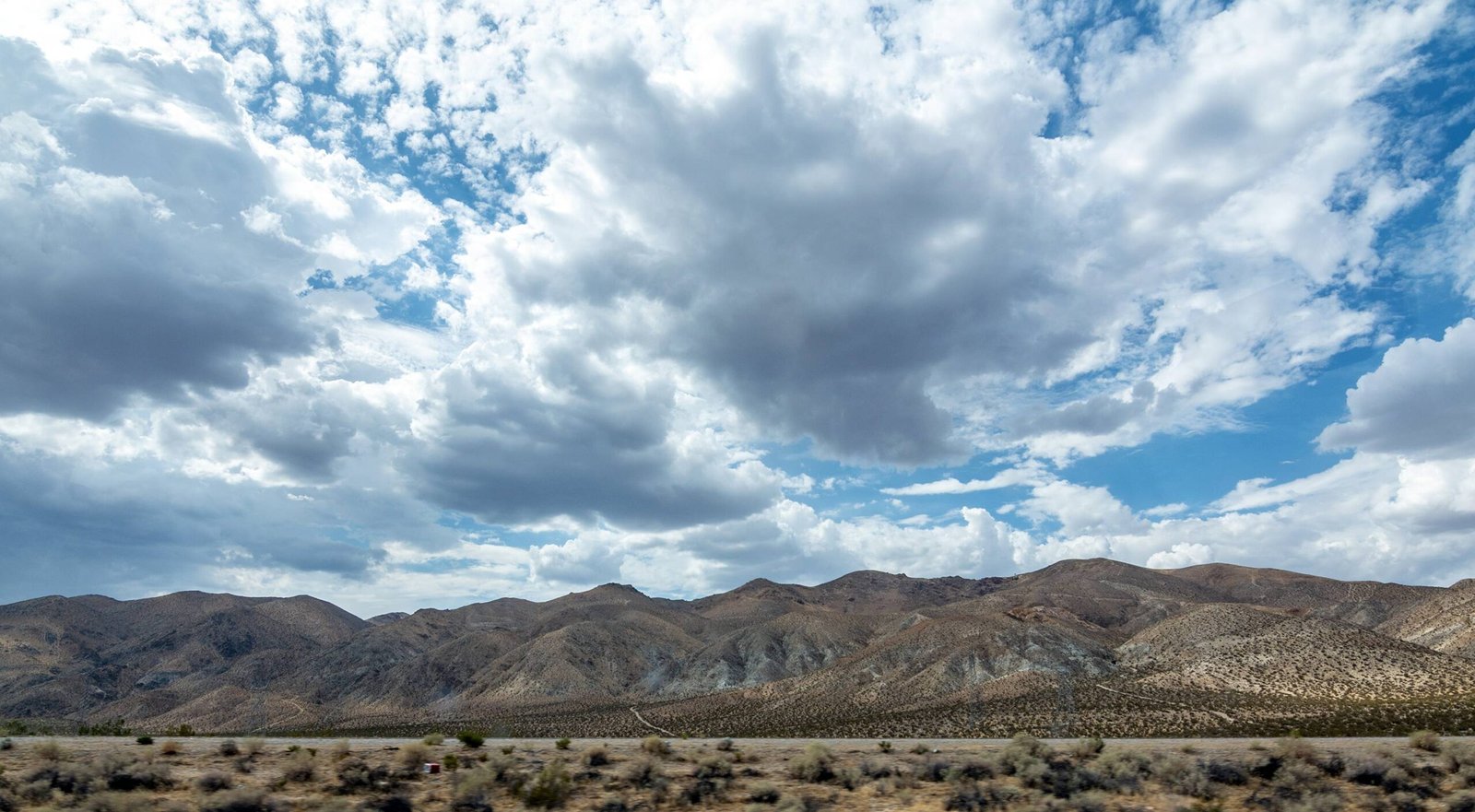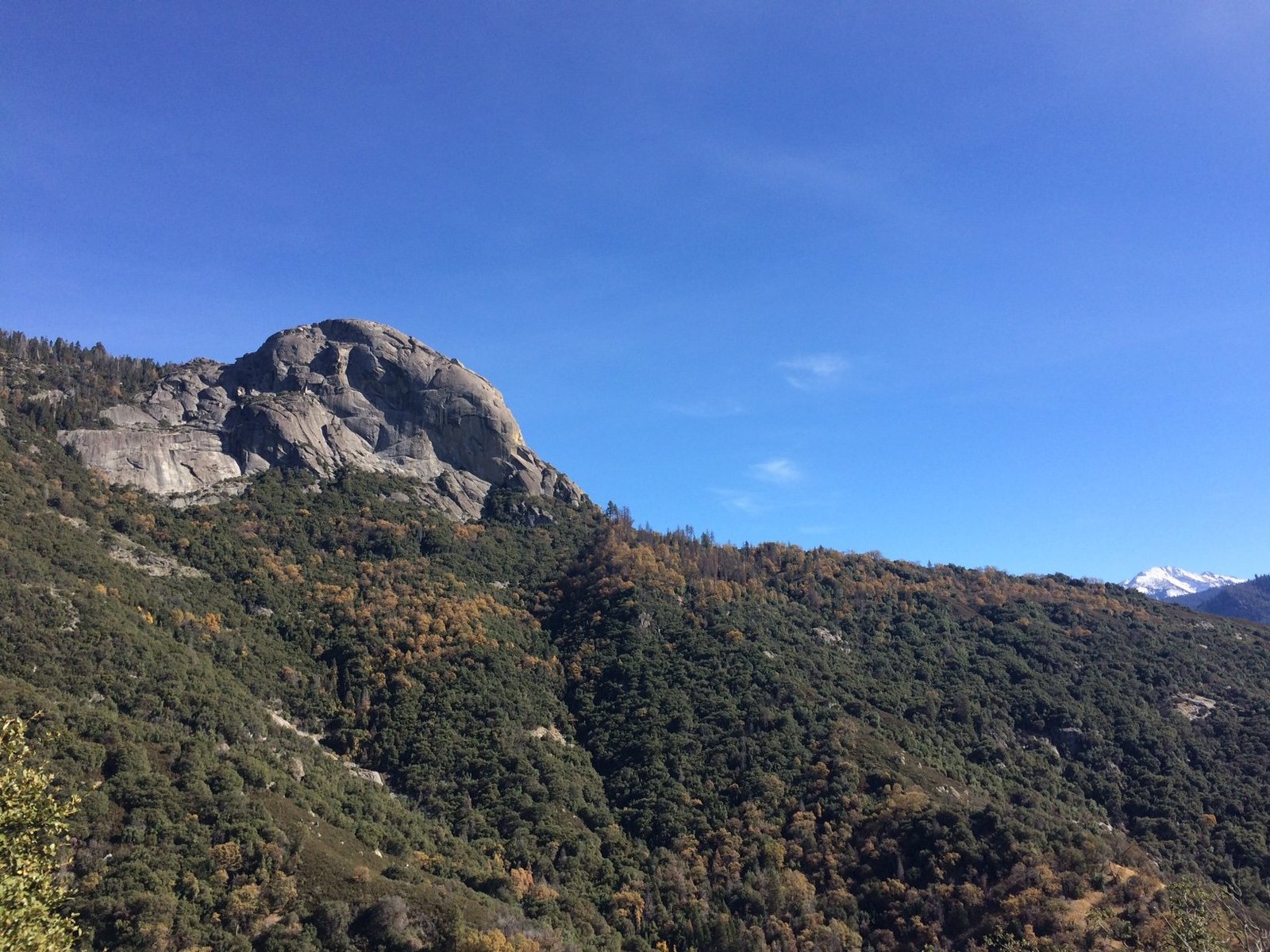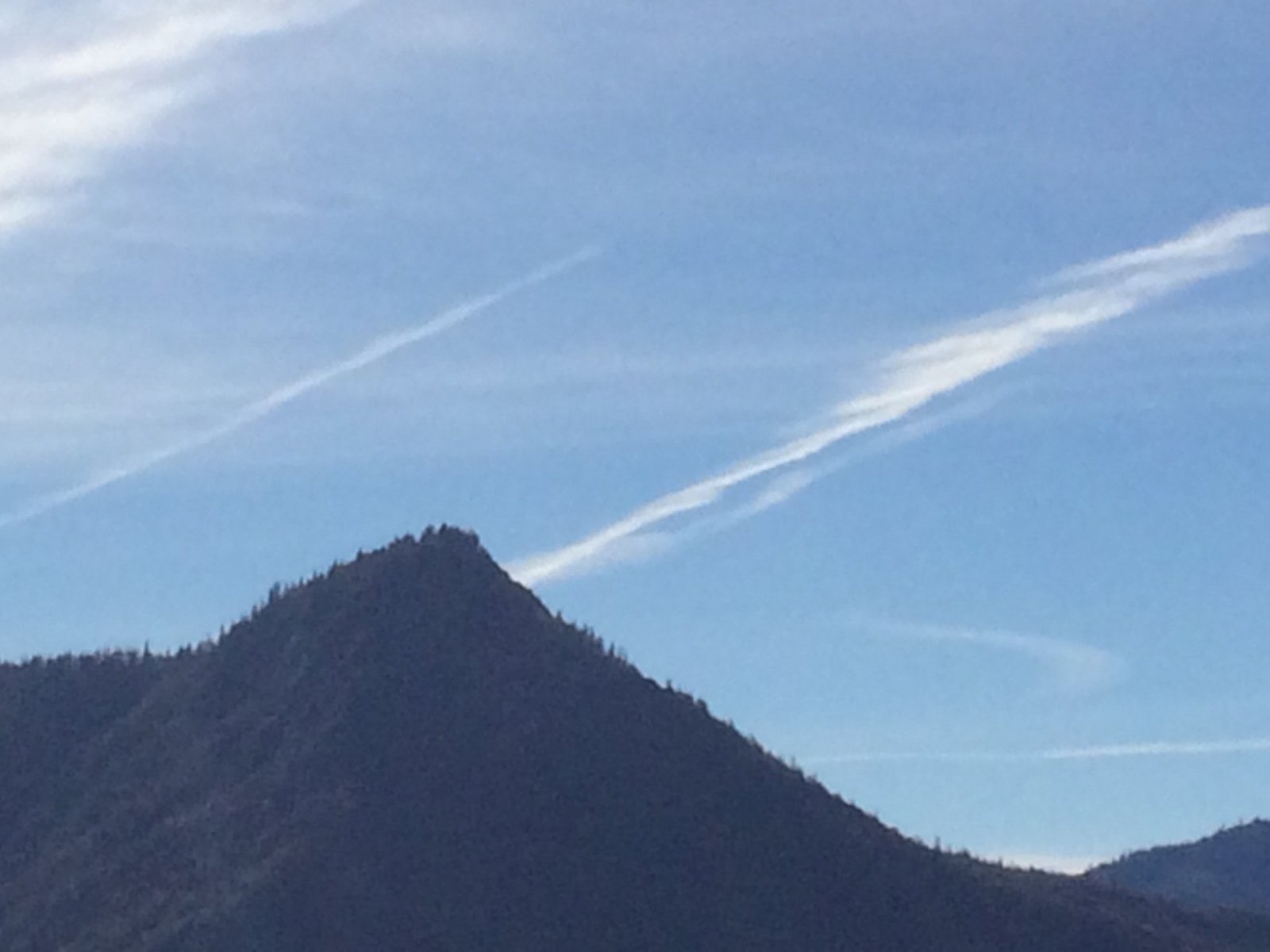The Kaweah River is the primary waterway that flows through Sequoia National Park. Originating in the high Sierra Nevada mountains, this river carves its way through the park’s dramatic landscapes, shaping canyons and supporting diverse ecosystems. The Kaweah River plays a crucial role in the park’s hydrology, wildlife habitats, and recreational opportunities, making it an integral part of the Sequoia National Park experience.
What is the Origin and Course of the Kaweah River?

The Kaweah River’s journey begins in the lofty peaks of the Sierra Nevada mountains within Sequoia National Park. Its source lies in the melting snow and glaciers of the high elevations, where it starts its descent through the park’s varied terrain. The river’s course is characterized by:
- Upper Reaches: U-shaped profiles carved by glacial activity
- Lower Elevations: V-shaped canyons sculpted by the river’s erosive force
- Middle Fork: A rugged canyon that showcases the river’s power and beauty
The Kaweah River’s path through Sequoia National Park is a testament to the geological forces that have shaped this landscape over millions of years. As it flows, the river creates a vital water corridor that supports the park’s diverse flora and fauna.
How Does the Kaweah River’s Flow Change Seasonally?

The Kaweah River exhibits significant seasonal variations in its flow rate, which are primarily influenced by:
- Snowmelt
- Precipitation patterns
- Glacial melt
| Season | Flow Characteristics |
|---|---|
| Spring | Highest flow rates due to snowmelt |
| Summer | Gradually decreasing flow |
| Fall | Lower, more stable flow |
| Winter | Lowest flow rates, some sections may freeze |
The peak flow typically occurs in late spring when the warming temperatures cause rapid snowmelt in the higher elevations. This seasonal variation not only affects the river’s appearance but also impacts the activities and ecosystems that depend on it.
What Recreational Activities Does the Kaweah River Offer?
The Kaweah River provides a range of recreational opportunities for visitors to Sequoia National Park, although some activities are more prevalent outside the park boundaries:
- Whitewater Rafting and Kayaking:
- Best during spring high water
- Mostly conducted outside park limits
-
Requires skill and proper equipment
-
Fishing:
- Popular along the river and its tributaries
- Home to native and non-native fish species
-
Subject to California state fishing regulations
-
Swimming:
- Limited opportunities within the park
- Caution advised due to strong currents and cold water
It’s important to note that these activities are subject to seasonal conditions and park regulations. Visitors should always check current conditions and obtain necessary permits before engaging in any river activities.
How Does the Kaweah River Support the Park’s Ecosystem?
The Kaweah River is a lifeline for Sequoia National Park’s diverse ecosystem:
- Riparian Habitats: The river’s banks support unique plant communities adapted to regular flooding and moist conditions.
- Wildlife Corridors: Many animals rely on the river for water and as a natural pathway through the park.
- Fish Populations: Both native and non-native fish species inhabit the river, including:
- Rainbow trout
- Little Kern golden trout (in some tributaries)
- Various introduced species
However, the river’s ecosystem faces challenges:
- Non-native species introduction
- Climate change impacts on water availability
- Human activities affecting water quality
What Conservation Efforts Protect the Kaweah River?
The National Park Service implements several measures to protect the Kaweah River and its watershed:
- Water Quality Monitoring: Regular testing and analysis of water samples to track pollution levels and overall health.
- Habitat Restoration: Projects aimed at improving riparian zones and aquatic habitats for native species.
- Visitor Education: Programs to inform park visitors about the importance of river conservation and responsible recreation.
- Watershed Management: Collaborative efforts with surrounding communities to manage the entire Kaweah River watershed.
These conservation efforts are crucial for maintaining the river’s ecological integrity and ensuring its continued role in supporting the park’s diverse ecosystems.
How Can Visitors Access the Kaweah River in Sequoia National Park?
Accessing the Kaweah River within Sequoia National Park is possible through various points:
- Tokopah Falls Trail:
- Starts near Lodgepole Campground
- Follows the river to a spectacular waterfall
-
Moderate difficulty, 4.2 miles round trip
-
Hospital Rock Picnic Area:
- Easy access to river views
-
Historical site with Native American petroglyphs
-
Buckeye Flat Campground:
- Located along the Middle Fork of the Kaweah
- Offers riverside camping (seasonal)
Visitors should be aware of:
– Seasonal road closures due to snow
– Limited parking during peak seasons
– The need for proper footwear on rocky terrain near the river
What Role Does the Kaweah River Play in Park Management?
The Kaweah River is integral to Sequoia National Park’s management in several ways:
- Water Resource:
- Provides water for park facilities
-
Supports fire management efforts
-
Research Opportunities:
- Serves as a living laboratory for hydrological and ecological studies
-
Helps scientists understand climate change impacts on mountain ecosystems
-
Visitor Experience:
- Enhances the scenic beauty of the park
-
Offers recreational opportunities that attract visitors
-
Ecosystem Indicator:
- River health reflects overall ecosystem health
- Guides conservation and restoration efforts
Park managers must balance the river’s natural processes with visitor access and safety, often leading to dynamic management strategies that adapt to changing conditions.
In conclusion, the Kaweah River is not just a geographical feature of Sequoia National Park; it is a vital artery that sustains life, shapes the landscape, and enriches the visitor experience. Understanding and appreciating the river’s role is essential for anyone seeking to fully experience the wonders of Sequoia National Park.

